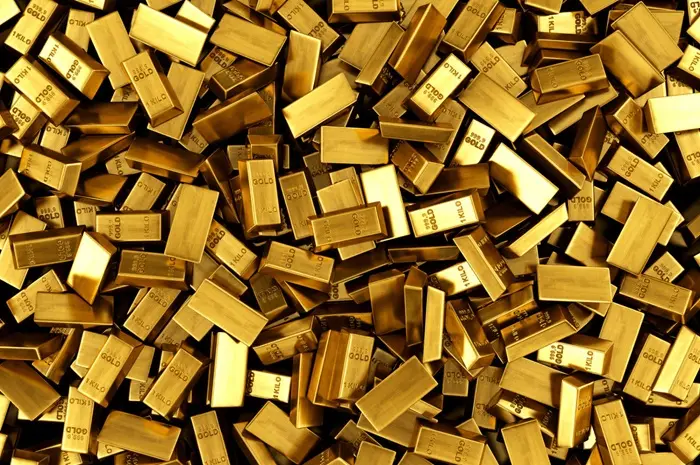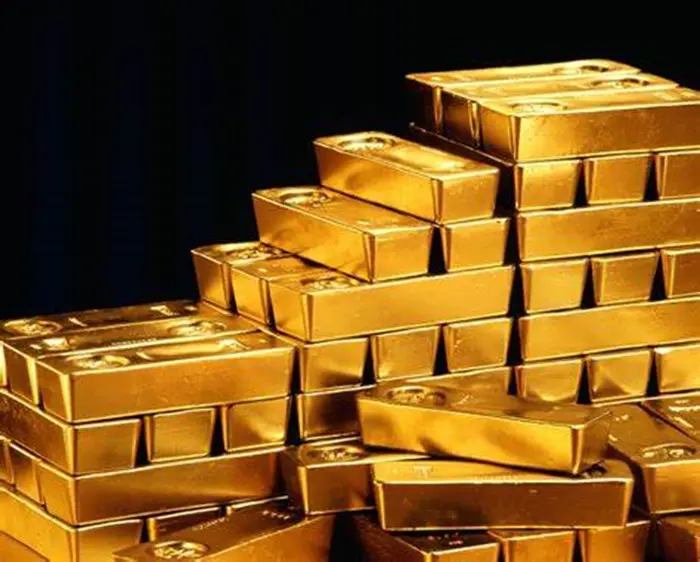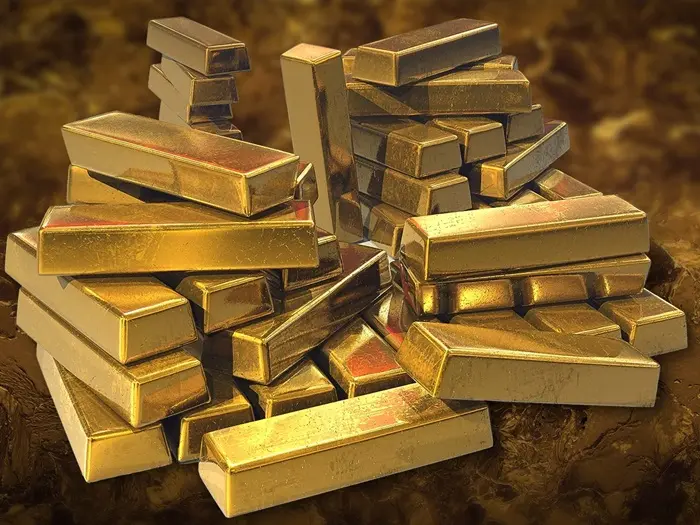The Royal Mint, renowned for producing the UK’s coins, has embarked on a new venture to extract gold from electronic waste.
Located in Llantrisant, Wales, the Royal Mint has constructed a substantial industrial plant dedicated to recovering precious metals from discarded circuit boards. Initially, the extracted gold will be utilized for crafting jewelry, with plans to eventually produce commemorative coins.
Electronic waste, which includes obsolete phones, computers, and televisions, is becoming an increasingly pressing issue. According to the UN, 62 million tonnes of e-waste were discarded in 2022, and projections indicate this amount will grow by about a third by 2030.
At the Royal Mint’s facility, old circuit boards are processed through several stages. They are first heated to detach various components, which are then sifted and sorted on a conveyor belt. Items containing gold are separated for further processing.
“We’re engaging in urban mining,” says Inga Doak, head of sustainability at the Royal Mint. “We’re extracting gold from societal waste, recognizing its value as a finite resource.”
The gold-laden materials are transferred to an on-site chemical plant, where they are immersed in a solution that extracts the gold into a liquid form. This liquid is then filtered to leave behind a powder, which, when heated in a furnace, transforms into pure gold nuggets.
“Traditional gold recovery is energy-intensive and uses toxic chemicals, often requiring high-energy smelters,” explains Leighton John, operations director at the Royal Mint. “Our process uses recyclable chemicals at room temperature and low energy, efficiently pulling gold from e-waste.”
The plant aims to process 4,000 tonnes of e-waste annually, potentially yielding up to 450 kilograms of gold, valued at approximately £27 million at current prices.
This shift represents a significant transformation for the Royal Mint, which has been the UK’s official coin maker for over a thousand years. With the decline in cash usage, the company views e-waste processing as a new revenue stream and a means to preserve jobs.
“We needed to diversify,” says CEO Anne Jessopp. “With fewer people required to mint coins, this transition to e-waste processing allows us to retain and redeploy our workforce.”
In addition to gold recovery, the Royal Mint is exploring the potential uses for other materials extracted from circuit boards, such as aluminum, copper, tin, and steel. They are also investigating the feasibility of repurposing ground-up boards in the construction industry.
Related topics:


























